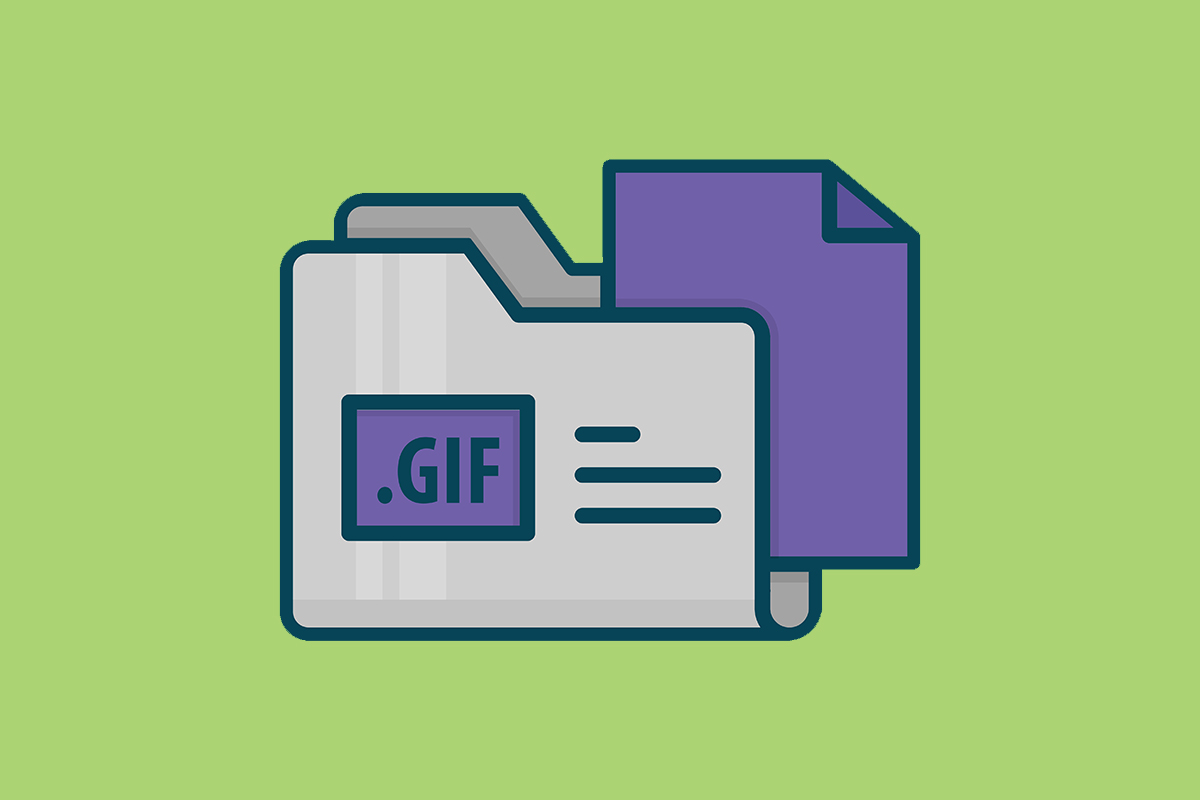What Kind of File Has a Name That Ends with .gif
By Troy
Published July 14, 2023
 What Kind of File Has a Name That Ends with .gif
What Kind of File Has a Name That Ends with .gif
If you've ever come across a file with a name that ends with .gif, you might have wondered what kind of file it is and what makes it unique. The .gif file format is associated with a specific type of image file that has gained significant popularity on the internet. In this comprehensive article, we will explore the world of .gif files, understanding their characteristics, usage, and why they hold a special place in the digital landscape.
Introducing the .gif File Format
The .gif file format, short for Graphics Interchange Format, is a widely recognized and commonly used image file format. It was developed by CompuServe in 1987 and has since become a popular medium for sharing animated images on the internet. The .gif format supports both static and animated images, making it versatile for various types of visual content.
Key Characteristics of .gif Files
To better understand what makes a file with a .gif extension unique, let's explore some key characteristics of .gif files:
Lossless Compression
.gif files use a lossless compression method, meaning they preserve image quality while reducing file size. This makes them ideal for images with sharp edges, flat colors, and areas of uniform color.
Color Palette
.gif images use a limited color palette of up to 256 colors, which are stored in a color table. This limited color range contributes to smaller file sizes but may result in reduced color accuracy for complex or highly detailed images.
Animation Support
One of the most notable features of .gif files is their ability to support animations. This is achieved by combining multiple frames within a single file, allowing for simple and short looping animations.
Transparency
.gif files also support transparency, which means that specific areas of an image can be designated as transparent, allowing the background to show through. This feature is particularly useful for overlaying images onto different backgrounds or creating visually appealing effects.
Opening and Viewing .gif Files
.gif files can be easily opened and viewed on various devices and platforms. Here's how you can open and view .gif files:
On Windows
Double-clicking a .gif file will typically open it in the default image viewer or web browser, depending on your settings. You can also use dedicated image viewer software or web browsers to open and view .gif files.
On Mac
Similar to Windows, double-clicking a .gif file on a Mac will open it in the default image viewer, Preview, or a web browser. Third-party apps like GIF Brewery 3 or GIPHY can also be used for an enhanced .gif viewing experience.
On Mobile Devices
.gif files can be viewed on mobile devices using various apps. There are dedicated GIF viewer apps available on both iOS and Android platforms that allow you to open and play .gif files.
Creating and Editing .gif Files
If you want to create or edit .gif files, you'll need appropriate software or online tools that support .gif creation. Here are some popular options:
Adobe Photoshop
A professional image editing software that allows you to create, edit, and optimize .gif files with advanced features and control.
Online GIF Editors
There are numerous online platforms and websites that provide intuitive tools for creating and editing .gif files. These tools typically offer basic editing capabilities, such as resizing, cropping, adding text, and applying simple effects.
Conclusion
A file with a .gif extension signifies a unique type of image file that supports both static and animated content. .gif files have gained popularity due to their versatile nature, lossless compression, animation capabilities, and support for transparency. Whether you're using .gif files for expressing emotions, creating engaging social media content, or enhancing website designs, understanding their characteristics and applications can help you make the most out of this vibrant file format.
FAQs (Frequently Asked Questions)
1. Can I convert other image file formats to .gif? Yes, it is possible to convert other image file formats, such as JPEG or PNG, to .gif. There are various online tools and image editing software available that allow you to convert and save images as .gif files.
2. Are .gif files supported on all devices and platforms? Yes, .gif files are widely supported on different devices and platforms, including computers, smartphones, and web browsers. However, some older or less common devices may have limited support for .gif files or may not display animations correctly.
3. Can I edit existing .gif files? Yes, you can edit existing .gif files using image editing software or online tools that support .gif editing. You can resize, crop, add text, apply effects, or make other modifications to the image frames within the .gif file.
4. Are there any alternatives to .gif files for animations? Yes, there are alternative file formats for animations, such as APNG (Animated PNG) and WebP. These formats offer higher color depth, better compression, and improved animation capabilities. However, they may have limited support in some web browsers or devices compared to the widely supported .gif format.
5. Are there any copyright considerations when using .gif files? When using .gif files created by others, it's essential to consider copyright restrictions and intellectual property rights. Make sure to use .gif files that are either in the public domain, released under a Creative Commons license, or obtained with proper permission and attribution from the original creator.